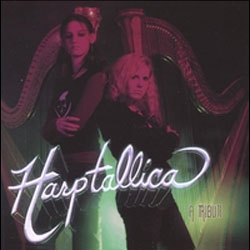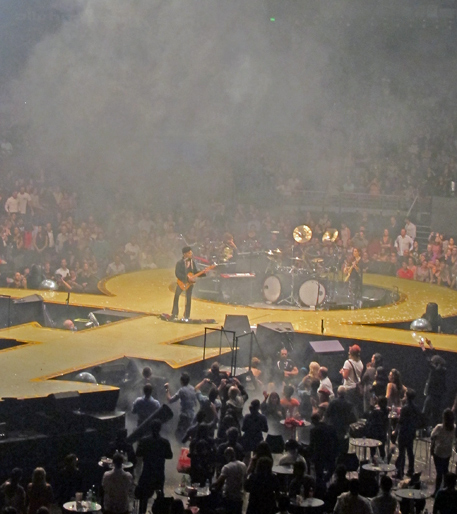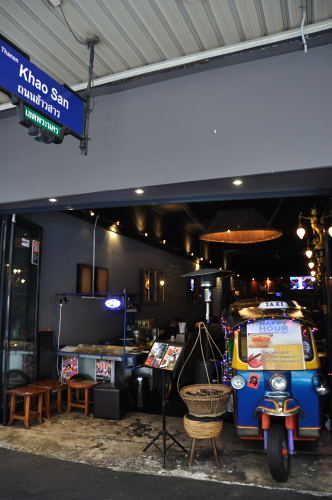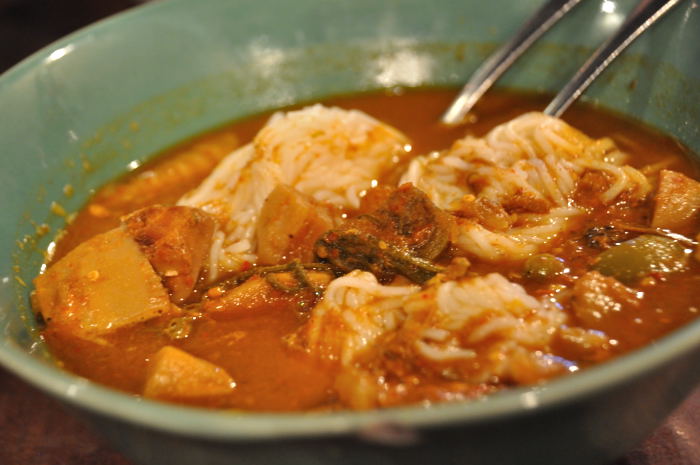Let me start by saying I’m one of those rarely encountered casual fans of The Shins. There are many thousands of Shins lovers with much more love for The Shins than I, and although for many years I held a slightly fearful belief that listening to Oh, Inverted World in its entirety more than three times would turn me into a Shins fanatic, I’m reasonably happy to report that it hasn’t, and I exist in a contented place between total indifference towards the melodic folk-pop stylings of The Shins, and worshipping at the altar of James Mercer.
I like the music of The Shins very much, and Mercer, who these days essentially is The Shins, is the biggest stumbling block between like and love. As frontmen go, Mercer has always been relatively aloof in live situations, and I can’t help but feel a little frustrated by a sort of mismatch between my initial perception of him as indie rock’s warmly accessible everyman, and what he’s actually like on stage. Watching last Wednesday’s show at the Hordern, I would have liked to see Mercer show a little more willingness to engage with his audience, but I don’t doubt his aura of shy brilliance is incredibly appealing to others.
All the same, seeing the prodigious singer-songwriter and his newly assembled band was an unexpectedly delicious treat. Nothing reinforces just how sensational songs like Saint Simon, Port of Morrow and 40 Mark Strasse (one of the highlights of the night) are than hearing them played by a band at the absolute top of their game. Each song was given a tight, confident, finely-nuanced treatment by the sextet – a well-oiled machine bringing The Shin’s lush layers and lovely, wandering melodies together with precision and grace. There were sublime moments when Mercer’s coolnesss would dissolve and his impassioned vocals commanded absolute attention – in the crescendoing final chorus of Simple Song, the gently stirring September, or during the band’s rollicking, muscular performance of So Says I. Mercer’s match on stage is his lead guitarist Jessica Dobson, effortlessly firing off thick, shimmering riffs, owning each moment in the spotlight with a glowing, masterful stage presence.
The encore was rounded out with a swirling, spacious, extended jam on One By One All Day that clearly wasn’t to everyone’s taste, but for someone still coming around to The Shins, it was an impressive show of musicianship that made for an inspiring end to the evening.
Sound-wise, The Shins are pretty damn close to flawless, but helmed by an overly reserved frontman, their audience’s attention was left flagging at times, bringing the overall mood of the show down with it. While the acoustics at the Hordern were unusually outstanding, it was clear this wasn’t the ideal venue for a band like The Shins. A more intimate setting, where Mercer’s subtleties could be better appreciated, would have turned a fine show into a truly memorable one.











